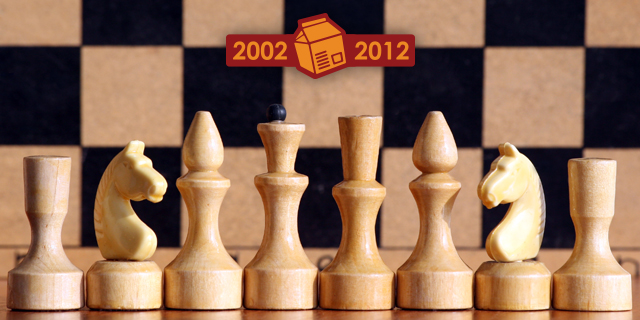
There’s something that has always irked me about Chess players, and that’s complaints about balance. While not greatly mismatched in any way, shape or form no matter who you ask, many do think that White has a small but undeniably significant advantage, which is proven by the win percentages of the best tournament players.
Anniversary profile
Game Lab
Author: Eric Jome (2010-11), Erik Twice (Anniversary)
A mechanics-focused look on games, from the perspective of board and card games but with insights on both.
But let’s now talk about Checkers, a somewhat similar game in a sense. Competitive players are harder to come by, but nothing beyond a quick tournament search is needed to find a similar outcome. White (or Red, depending on your preference) nets top players better outcomes than its later-moving opponent, from which we can also claim that White has a small but undeniably significant advantage.
Except that’s not true: Given perfect play, Checkers will always end in a draw. So it could be argued that Checkers is, then, perfectly balanced.
Not quite.
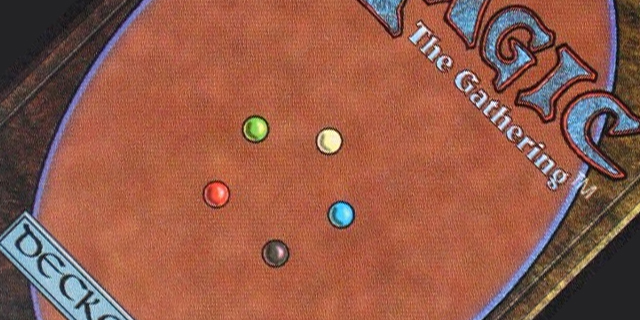
The realities of game balance
Game balance is fuzzy concept. It’s a tool, a necessary step for enjoyment that is better defined by its disappearance than by its existence. It’s like a good meal or sleep: you don’t really care about them until you need them. The goal of having a balanced game is to keep all the options interesting and fun to play; it doesn’t add anything itself, but what matters is what it enables in the game.
And that’s when game design transcends from the abstractions of algebra and mathematics into the dirty world of reality. A game where a side must always play catch-up could not be fun to play, and the dominant factors can easily change as the players learn and play over and over. Nuances beyond the designer’s intent can be uncovered, and what used to be a well-regarded strategy can quickly find itself obsolete.
So there’s a fine line to make, keeping balance for the high levels but also making the game interesting until players reach that point, something repeatedly commented on by the likes of Blizzard (StarCraft, World of Warcraft) and Wizards of the Coast (Magic: the Gathering). High-level play now is the learning step of the future and those little learning steps can, and often will, form the better part of a game. You can regard games as learning experiences, something that is rendered sterile when mastered or solved so the process is all that matters in a sense.
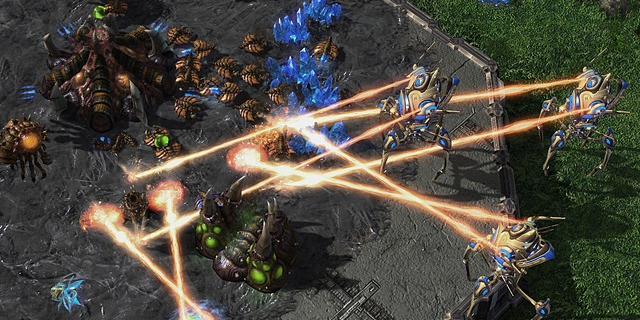
Conducive to good play
But of course, having all the steps of the learning ladder perfectly balanced, giving the win to the somewhat less unskilled player is not only impossible but undesirable. You want the players to explore your game deeply, and a good kick to the face can work wonders. Most fighting games tend to feature easy attacks you can spam over and over so you learn to dodge and create an opening. They are put there on purpose and you can often tell who is a newbie by reading their complaints about them.
A game just shouldn’t take hours and hours to be interesting. In the time I could spend with the terrible tutorials so many video games have, I could play a board game three or four times over. I could go to the park and have more fun. It’s a barrier you want players to clear swiftly, to really dive into all the fun parts of the game instead of barely skimming the surface.
And this does create harsh openings. The first time I played Chicago Express, the game was a blowout, and jumping into Team Fortress with a bunch of new players means you can play spy and pick them all one by one. It’s tough love, and how hard you can push your customers so they learn is an ever-intriguing question. Dumbing down games is an unfortunate answer that ends up solving nothing, as a game not worth learning isn’t a game worth playing for any amount of time.
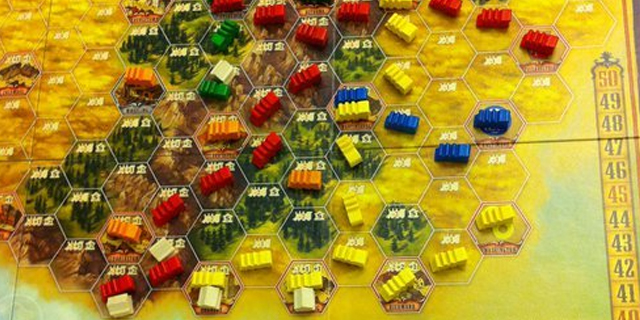
Failsafes for the future
Of course, in the same way those fast kicks and Zergling rushes can turn a newcomer into dust in mere seconds, there’s always the possibility that as players learn they go beyond the designer’s scope, finding skills and nuances that nobody knew existed until then. It’s often that a poorly-regarded character can skyrocket in popularity after finding new heights, or what used to be a terrible card not worth playing ends up breaking the format once new tricks are introduced.
And the designer can’t help it. He’s not omniscient, and as much as he can learn about the game he will never be a top player; someone will be a little bit better. Someone will take a new approach and it shouldn’t kill the game. You don’t know what could happen, but you can guess and you can build some mechanisms to prevent bad things.
Because if you know what the game is about, you know what shouldn’t be broken. You shouldn’t be able to kill your opponent in one hit in a fighting game. There shouldn’t be any dominant mechanic and there shouldn’t be a faction stronger than the others. So you place some mechanisms that aren’t needed unless things go wrong, a last resort to balance that lets you get back the reins of your game.
You might not know that a one-hit KO combo exists, but you know that it would need attacks faster than the opponent’s recovery time for it to happen. So you can tweak it and make the character recover faster and faster the more he’s being hit, as seen in BlazBlue, Smash Bros. and dozens of other fighters. You can let players gang against each other so they police the balance by it by fighting or by introducing an auction. Good design can prevent problems before they’re even there.
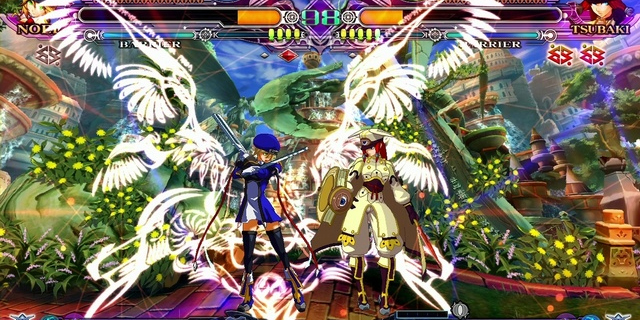
So why not look into it?
Why not? It’s fun and it will make your skills better! Boot up your favorite game and look for these mechanisms and how a better player would see balance. It’s the easiest way to improve!



















